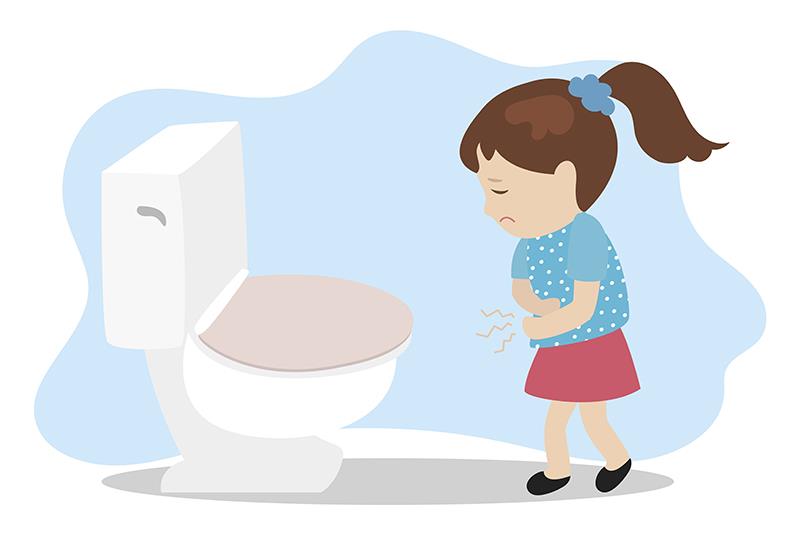Linaclotide improves bowel symptoms in children with functional constipation





Treatment with linaclotide led to significantly improved symptoms of incomplete bowel evacuation and straining in paediatric patients aged 6–17 years with functional constipation, according to a phase III study presented at DDW 2025.
Linaclotide, a guanylate cyclase-C agonist, has been approved for the treatment of chronic idiopathic constipation and constipation-predominant irritable bowel syndrome in adults. However, clinical data on its use in children are limited, said the researchers.
Hence, the researchers conducted a double-blind, placebo-controlled study involving 328 children (mean age 11 years, 55.2 percent female) with functional constipation based on modified Rome III criteria for functional constipation, defined as having ≥2 of six symptoms for ≥2 months. The participants were stratified according to their age group (6–11 and 12–17 years) and randomized to receive either linaclotide 72 µg once daily or placebo (n=164 in each group) for 12 weeks.
All participants documented their daily bowel movement (BM) frequency and symptoms in an e-diary.
At baseline, the mean rates of complete spontaneous BM (CSBM), which is an SBM associated with a sense of complete bowel evacuation, were 0.550 and 0.580 per week in the linaclotide and placebo arms, respectively.
As early as week 1, patients treated with linaclotide had a higher rate of CSBM than those treated with placebo (mean 2.364 vs 1.326 per week).
In addition, the frequency of weekly CSBM was significantly improved in the linaclotide group compared with the placebo group at 12 weeks (least squares mean from baseline, 1.852 vs 0.897; p<0.0001). [DDW 2025, abstract Mo2007]
Linaclotide-treated patients also demonstrated significantly reduced straining during BMs compared with placebo-treated patients (mean change from baseline, –1.128 vs –0.818; p<0.0001).
A significant reduction in abdominal bloating was also observed with linaclotide compared with placebo (mean change from baseline, –0.530 vs –0.341; p=0.0265). However, abdominal pain scores did not differ significantly between the linaclotide and placebo groups (–0.403 vs –0.337; p=0.3473).
“Overall, this 12-week linaclotide treatment in children with functional constipation resulted in an increased CSBM frequency rate and decreased straining with BMs and abdominal bloating,” said the researchers.
“This is the first placebo-controlled study in children with functional constipation that reported significant improvement as early as week 1 in a range of bothersome symptoms following treatment with linaclotide,” according to the researchers.
“Linaclotide was well-tolerated and effective in children with functional constipation, providing the potential to safely alleviate some of the symptom burden,” they added.